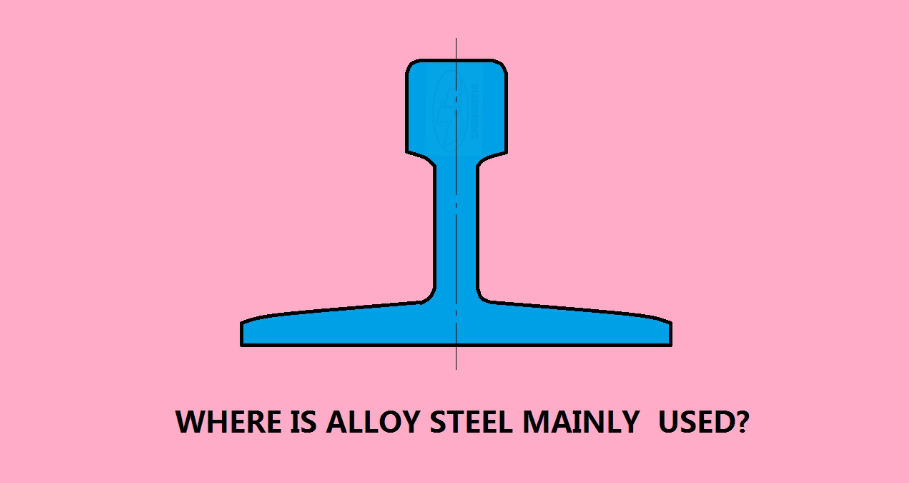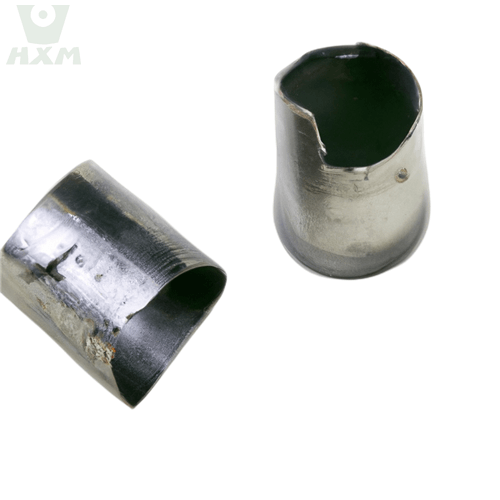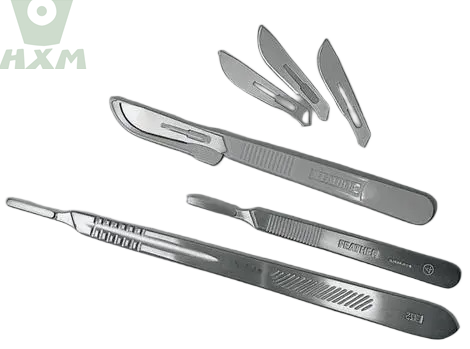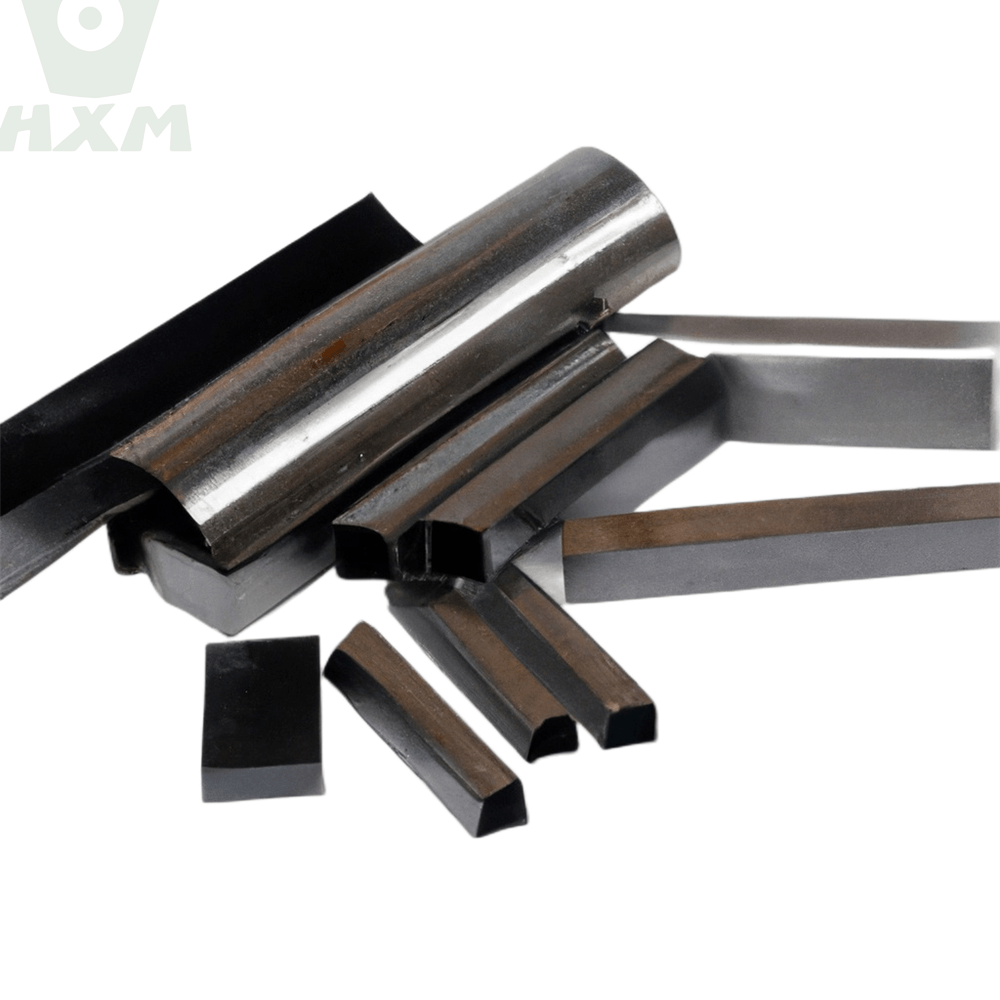Alloy steel refers to an iron-carbon alloy that is mixed with other alloy elements in addition to iron and carbon. It is a kind of iron-carbon alloy that is formed by adding a suitable amount of one or more alloy elements to the basic carbon steel. So, where is alloy steel mainly used? In this post, we’ll try to answer this question.

Where is alloy steel mainly used? – 1. Alloy Structure Steel
Low-alloy structural steel refers to engineering steel that is based on carbon structural steel and contains a small amount of alloy elements. It includes low-alloy high-strength structural steel, which has much higher strength than carbon structural steel with the same carbon content, and has good plasticity, toughness, corrosion resistance, and welding performance, and is widely used in the manufacture of steel structures such as bridges, ships, vehicles, boilers, pressure containers, and lifting machinery.
For example: 09MnV, 18Nb, 12MnSiCu, etc. Low-alloy corrosion-resistant steel has good welding performance and atmospheric corrosion resistance and is suitable for structures that require corrosion resistance, such as 10MoVNiTi, 40MnMoNb, Cr4AlMo, etc. Low-alloy special-purpose steel has special applications and can adjust the chemical composition of various types of steel according to the performance requirements; such as low-alloy steel for low-carbon rebars (20MnSi), low-alloy steel for railways (09CuPRE), low-alloy steel for mines (20MnVK), etc.
Alloy carburizing steel, after carburizing, quenching, and low-temperature tempering, can make parts with high surface hardness and wear resistance while maintaining sufficient plasticity and toughness inside. It is mainly used to manufacture parts that have both excellent wear resistance and fatigue resistance, as well as the ability to withstand impact loads, such as 20CrMoTi, 20CrNi4, 20Cr, etc.
Alloy quenched and tempered steel, after quenching and high-temperature tempering, possesses comprehensive mechanical properties, including high strength, good plasticity, and toughness. It is primarily employed in the manufacture of crucial parts that undergo complex stress, for example, 40Cr, 35CrMo, 38CrMoAl, etc.
Alloy spring steel features high strength, high fatigue limit, adequate plasticity, and toughness. It is primarily utilized in the production of elastic components in various machines and instruments that absorb energy through elastic deformation to mitigate vibration and impact or rely on elasticity to store energy for driving purposes, such as 60Si2Mn, etc.
Rolling bearing steel boasts high hardness, wear resistance, elastic limit, and contact fatigue strength, along with sufficient plasticity and a degree of corrosion resistance. It is mainly utilized in the fabrication of inner and outer rings and rolling elements of various bearings. Additionally, it can be employed in the manufacture of various tools and wear-resistant components, such as GCr15, etc.
Where is alloy steel mainly used? – 2. Alloy tool steel
Alloy tool steel mainly includes alloy cutting tool steel, alloy molding steel, and alloy measuring instrument steel.
Alloy cutting tool steel: It includes low-alloy cutting tool steel, which is a steel that adds a small amount of alloying elements to carbon tool steel. For example, 9SiCr has high quenching and tempering resistance and uniform fine carbide particles, with thermal stability of up to 300℃, suitable for making low-speed cutting tools with thin and narrow blade edges.
Another example is CrWMn, which has high hardness and wear resistance, and its deformation is small after heat treatment. It is mainly used to manufacture precision low-speed cutting tools. Another example is W18Cr4V (high-speed steel), which has high thermal resistance, high wear resistance, and sufficient strength. Its thermal resistance can reach 600℃, and it can maintain a sharp edge during long-term cutting. It is commonly used to manufacture cutting tools with high cutting speeds, complex shapes, and large load-bearing capabilities, as well as cold extrusion molds and some wear-resistant parts.
Alloy molding steel: It mainly includes cold-work die steel and hot-work die steel. Cold-work die steel has high hardness and wear resistance, a certain amount of toughness and fatigue resistance, and is mainly used to manufacture metal molds that deform at low temperatures. In use, it must withstand large pressure, bending force, impact load, and friction. For example, NAK55. Hot-work die steel has high thermal strength and toughness, high wear resistance and antioxidant capacity at high temperatures, high thermal fatigue resistance, and heat conduction properties, and is mainly used to manufacture molds for metal forming at high temperatures. For example, HDM5.
Alloy measuring instrument steel: The working part of measuring instruments generally requires high hardness, high wear resistance, high dimensional stability, and sufficient toughness. There is no dedicated steel for the manufacture of measuring instruments; carbon tool steel, rolling bearing steel, and alloy tool steel are commonly used for their manufacture. For example, T10A, 60Mn, 40Cr13.
Where is alloy steel mainly used? – 3. Special Performance Steel
Stainless steel: a steel with good corrosion resistance used in the atmosphere and corrosive media. Chrome-containing stainless steel, often referred to as Cr13-type stainless steel, has good resistance to atmospheric corrosion, seawater corrosion, steam corrosion, and other media. It has good plasticity and toughness and is suitable for manufacturing steel parts that work in weak corrosive conditions and require certain strength. Chrome-nickel stainless steel has a single-phase austenitic structure after heat treatment, and its corrosion resistance, plasticity, and toughness are better than chrome-containing stainless steel. It is mainly used to manufacture parts that work in strong corrosive media, such as Cr18Ni9.
Heat-resistant steel: a steel with high oxidation resistance and high strength at high temperatures.
Oxidation-resistant steel: a steel that has good oxidation resistance at high temperatures and has a certain strength. It is mainly used to manufacture parts that work at high temperatures for a long time but require low strength, such as 1Cr6Si2Mo. Heat-resistant steel: a steel that has good oxidation resistance at high temperatures and high strength at high temperatures. It is used to manufacture parts that work at high temperatures and are subject to impact loads, such as 14Cr1MoR and 12Cr2MnR.
Wear-resistant steel: it has good toughness and wear resistance and is mainly used to manufacture parts that are subject to serious friction and strong impact, such as ZGMn13.
Conclusion
Thank you for reading our article and we hope it can help you know where is alloy steel mainly used better. If you want to know more about alloy steel, we’d advise you to visit Huaxia Steel for more information.
As a leading supplier of alloy steel products across the world, Sino Stainless Steel provides customers with a wide range of high-quality products such as alloy steel, tool steel, carbon steel, stainless steel wire, sheets, strips, and stainless steel plates for global markets.








